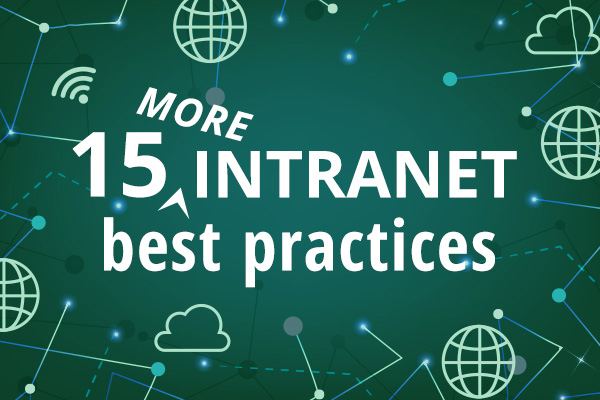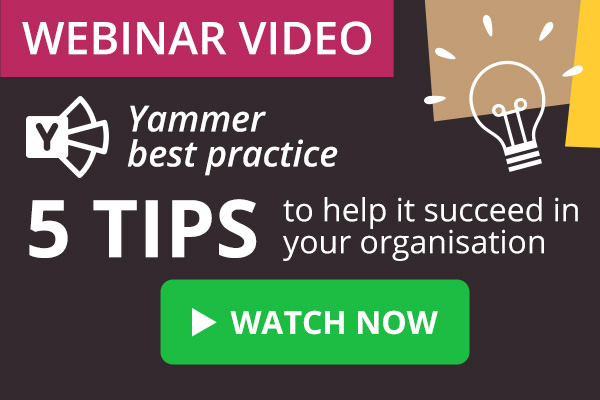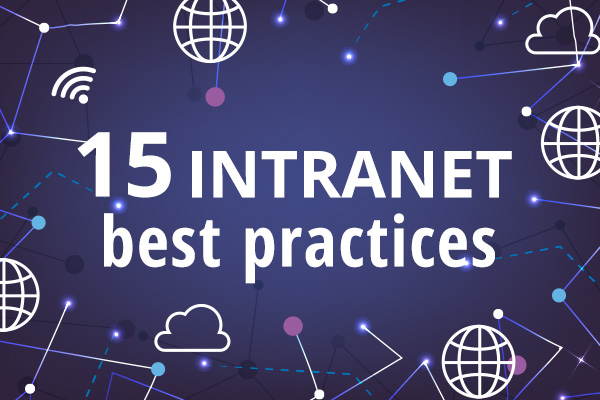
15 more intranet best practices for success – part 2
In this second and final post, we cover fifteen more intranet best practices across different aspects of intranet management, including design, adoption and content.

In this second and final post, we cover fifteen more intranet best practices across different aspects of intranet management, including design, adoption and content.

In this webinar we’ll share our experience and insights into what makes Yammer succeed within different organisations.

Here are accepted common practices in managing intranets that weve seen work consistently over a number of years in helping deliver a successful and sustainable intranet.

Improving digital employee experience is an important area, and we hope this article will give you some ideas.
Book in a live demo with us to discuss your project and find out more about our services, solutions and how we can add value to your digital workplace. Simply fill out the form and pick a time and date in our calendar.
Alternatively, if you have a question and would like more information about Content Formula, please visit our contact us page.
We look forward to meeting you.
We use cookies to give you the best experience on our site. By continuing to use our website, you are agreeing to our use of cookies. To find more about the cookies, please see our cookie notice.
You can also read our privacy policy.